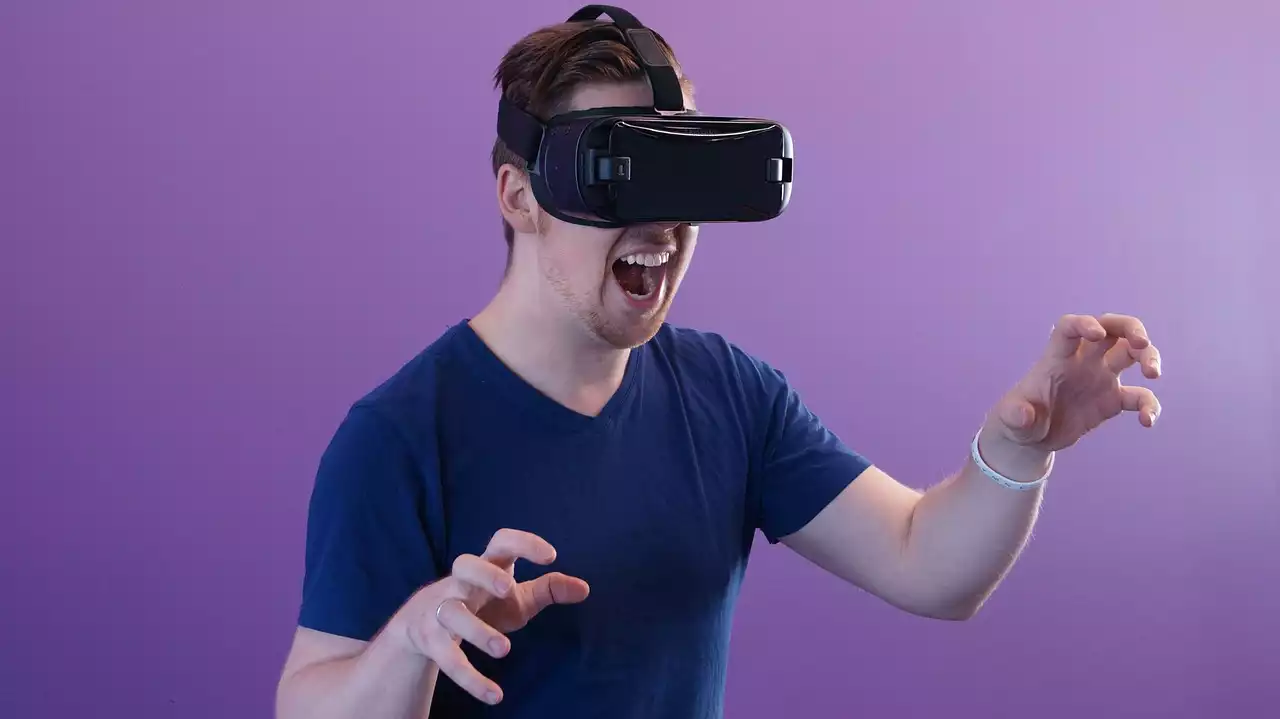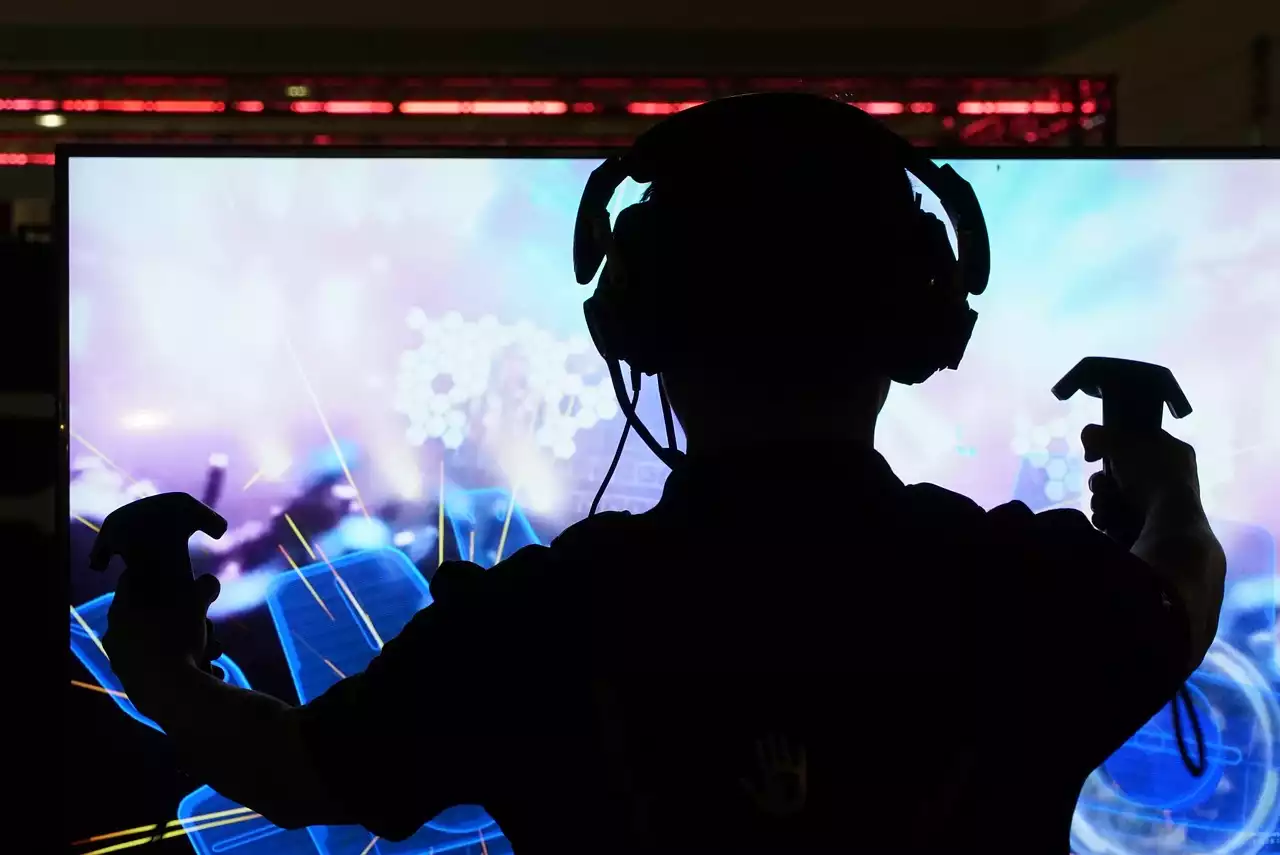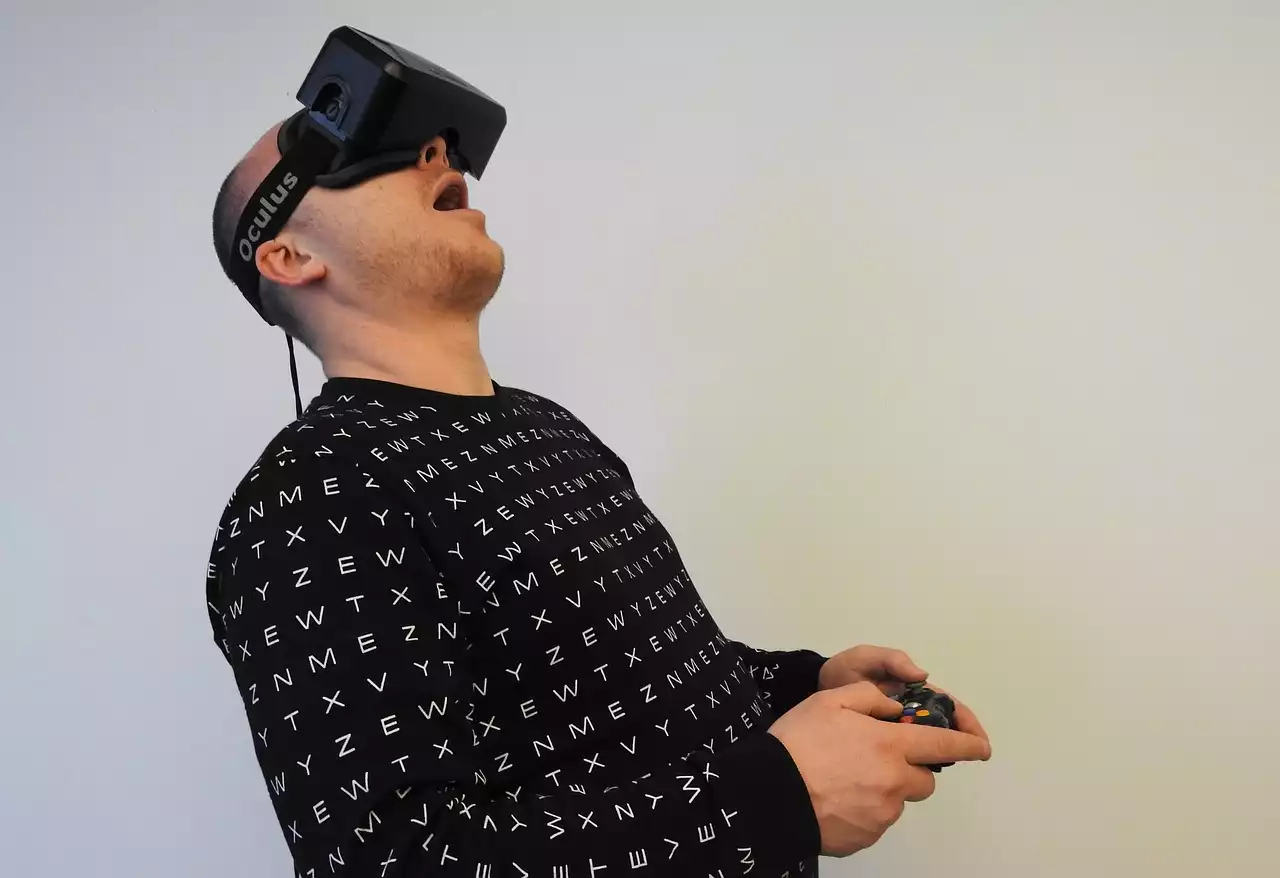Benefits of using virtual reality in the classroom
VR has many benefits that make it an excellent resource for students and teachers alike. It appeals to a wide range of learners and can be used to tackle any subject matter. It can help students practice skills, build self-confidence, and develop their critical thinking and problem-solving skills. It can also be a powerful tool for collaboration and creativity. VR can help students break out of their comfort zones by providing them with an opportunity to try new experiences and challenges. It can also help them develop new skills, such as programming and computer literacy. VR can allow students to explore complex concepts in a more tangible way, and can also be used to create simulations that help students to practice real-world skills.
Different types of virtual reality activities
VR can be used in many different ways in the classroom. Here are some common VR activities used by educators:
- Immersive Experiences - Immersive experiences are designed to transport you to a different environment. These experiences often include simulations that let you explore a virtual environment and learn by doing. Experiences can be based on a variety of subjects, such as history, science, and social studies.
- Virtual field trips - Virtual field trips are a great way for students to explore places they wouldn't normally be able to visit. They provide a more engaging and personalized experience than a typical field trip. The technology makes it possible for students to explore exotic places and visit famous landmarks.
- Collaborative projects - VR can allow students to work together from different places, which can be particularly beneficial for students who learn better in a group setting. Teachers can use VR for collaborative projects, such as creating a new virtual world or designing a new experience.
What equipment do teachers need to use virtual reality in the classroom?
There are many different virtual reality headsets currently on the market, but which one is best for teachers? VR can be a costly investment, so it's important to choose the right equipment for your classroom. Here are some factors to consider when selecting the right VR headset for your class:
- Compatibility - Make sure that the VR headset you choose is compatible with your computer. Some headsets run on a console, while others require a computer or smartphone.
- Device type - You may want to consider the type of device that goes with your headset. For example, a mobile headset may use your smartphone as a screen, while a computer headset may plug directly into your computer.
- Device features - Some VR headsets come with features like headphones, controllers, and touch-sensitive pads.
How to set up and use virtual reality in the classroom
Once you've chosen the right VR headset for your class, it's time to get your students using it! Here are some tips to get students excited about using VR in the classroom:
- Keep it fresh - VR doesn't have to be used on a daily basis. You can mix up the VR activities you use in the classroom, to keep things interesting and engaging. You can use VR for special occasions, such as special field trips or presentations, or certain topics. You can also use VR when you have a substitute teacher.
- Prepare your students - Make sure to let your students know what to expect when using VR. Let them know how long the experience will last and what they will be doing.
- Follow proper safety precautions - When using VR in the classroom, it's important to follow proper safety precautions. Make sure all students are wearing the appropriate VR goggles and that no one is wearing headphones while walking around the classroom. Keep VR activities short, and provide breaks if needed.
Examples of virtual reality activities for the classroom
Here are some examples of virtual reality activities you can use in the classroom:
- Expository - Students can use VR to create a visual expository with images and information about a certain place or topic. This activity can help students understand and retain information better.
- Constructive - Constructive virtual reality activities can be used to help students practice skills and build confidence in a safe environment. You can also use VR to create simulations that help students to prepare for real-life situations.
- Critical thinking - VR can be a powerful tool for critical thinking. You can use VR to create new and challenging experiences that prompt students to think in new ways.
Virtual reality safety considerations
VR is a powerful tool for both students and teachers, but it's important to follow safety precautions when using it. Here are some tips for using VR in the classroom safely: -
Set rules and expectations - Make sure to establish classroom rules and expectations when using VR. Make sure your students know how long they can use the equipment for and what they can and can't do while wearing the goggles. - Manage time - Make sure to keep track of the amount of time the VR equipment is being used. It's important to provide breaks and time for students to take off their goggles to prevent dizziness and eye strain.
- Provide eye protection - Make sure all students are wearing the appropriate eye protection while using VR. This will help protect against eye strain and prevent mishaps, such as scratching the lens.
- Prepare the space - Make sure to clear away obstacles and move furniture out of the space where the VR equipment is being used. Keep the space clear to prevent injuries and accidents.




.png?size=50)



